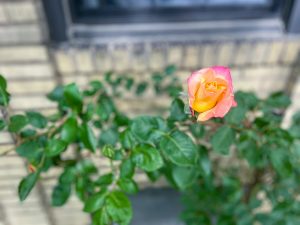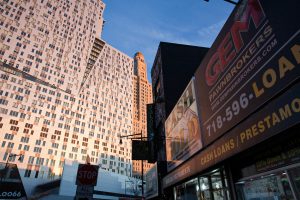
1. We can capture the motion blur By decreasing the camera shutter speed, use a smaller aperture, use the shutter priority mode, reduce the ISO setting and stabilize the camera.
However, since I didn’t use a camera to capture the motion blur, I used my phone camera and it have effect called Long Exposure. It works same as the motion blur in a camera. It capture the movement of the subject.

2. We can capture the shallow depth of field in a camera, first, positioning of the subject. It supposed to be far away from the background. Then, Select aperture priority mode from the camera wheel mode. control the focus from the lenses wheel. Again since I don’t have a camera I used my phone camera. In the camera sitting there is something called Portrait. I placed my subject away from my phone and tapped on it from my screen to identify my subject.
3. I used Adobe Lightroom global adjustments to make this photo look as good as possible.
light: exposure +1.11 contrasts 0 highlights +17 shadows -11 Whites -60 blacks +10. Color: Temp -7 Vibrance +4 Saturation -4. Effects: texture +19 clarity +12 Dehaze +6
4. compare and contrast these two photographs of Samuel Jackson:
both photographies had direct lighting in a studio, and negative space.
-The photography by Matthew Jordan Smith: butterfly lighting this light placed in front of the person and higher than.
-the photography by Timothy Greenfield-Saunders: loop lighting





1. Long exposure mode on the phone takes a bunch of very short exposures and put them together into one photo. You can see this in your picture. If this was taken with a dSLR, then there would be one smooth blur not the series of sharper edges.
Try using a longer shutter speed instead of long exposure mode for motion blur.
2. Portrait mode doesn’t really create shallow depth of field. the picture is taken with a sharp background and the cameraphone’s software selects what it thinks is the background and blurs it. In the case of your flower it did a pretty good job. But often it either leaves out and area or selects too much.
To get actual shallow depth of field with a camera phone, get close to the subject and zoom in.
3. good.
4. You correctly identify the lighting though I would have called the Greenfield-Saunders lighting Rembrandt. That is one point of comparison. (Direct lighting has harsh shadows. And if you wanted to discuss negative space a comparison on how it was different in the two photos would have earned credit.